Perspectivas de los Estudiantes de Efl Hacia la Habilidad de Escuchar
Resumen
Este estudio tuvo como objetivo describir las dificultades de los estudiantes de EFL en habilidades auditivas en una escuela secundaria pública en Ambato, Ecuador. La muestra involucró a 52 participantes que se encuentran en el segundo año de bachillerato con una mayoría de estudiantes de nivel A1 de inglés. El instrumento de recolección de datos fue a través de una encuesta que utilizo una escala tipo Likert, aplicada para conocer su situación académica actual y sus dificultades para escuchar. Los resultados mostraron las dificultades auditivas y revelaron que los estudiantes podían mejorar sus competencias lingüísticas desde sus perspectivas. Además, los estudiantes respondieron preguntas donde los hallazgos mostraron que trabajaron conscientemente sobre el desarrollo de actividades auditivas. Finalmente, las perspectivas presentadas por los estudiantes en la encuesta, determinaron sus dificultades de desarrollo y adquisición de un segundo idioma. Los resultados han demostrado que la investigación es importante para los profesores, investigadores y estudiantes de inglés como lengua extranjera. Por lo tanto, esta investigación es beneficiosa para las innovaciones posteriores, para aplicarla en los planes de lecciones y mejorar la práctica del idioma inglés en sus competencias auditivas.
Descargas
Citas
Barnard, D. (2017). Active listening skills, examples and exercises. Retrieved from https://virtualspeech.com/blog/active-listening-skills-examples-and-exercises
Benitez, B. & Varas, R. (2018). Listening and Speaking Competence in Pre-Technical English Level of students at the Livestock Science Faculty of UTEQ (Master´s Degree in Teaching English as a Foreign Language. Catholic University of Santiago de Guayaquil University, Guayaquil, Ecuador) Retrieved from
http://repositorio.ucsg.edu.ec/bitstream/3317/10663/1/T-UCSG-POS-MEIE-5.pdf
Bozorgian, H. (2012). Metacognitive Instruction Does Improve Listening Comprehension, International Scholarly Research Notices, 1(1), 1-6. doi:
https://doi.org/10.5402/2012/734085
Brown, S. (2006). Teaching listening. USA: Cambridge University Press. Retrieved from http://www.finchpark.com/courses/tkt/Unit_07/Brown-Teaching-Listening.pdf
Cahyono, B. & Widiati, U. (2009). The teaching of EFL listening in the Indonesian context: The state of the art. TEFLIN Journal, 20(2), 194-211. Retrieved from
https://core.ac.uk/download/pdf/233168175.pdf
Çakır, İ. (2018). Is listening instruction neglected intentionally or incidentally in foreign language teaching contexts? Journal of Language and Linguistic Studies, 14(2), 154-172. Retrieved from https://www.researchgate.net/publication/328860078_Is_listening_instruction_neglected_intentionally_or_incidentally_in_foreign_language_teaching_contexts
Christensen, C. R. (1991). Teaching by the Case Method Questioning, Listening & Responding. Retrieved from
Crystal, D. (2003). English as a global language. Cambridge University Press. The Edinburgh Building, Cambridge, United Kingdom. Published in the United States of America by Cambridge University Press, New York.
Darling-Hammond, L., Flook, L., Cook-Harvey, C., Barron, B. & Osher, D. (2020). Implications for educational practice of the science of learning and development, Applied Developmental Science, 24(2), 97-140, doi: 10.1080/10888691.2018.1537791
Dhanapala, R. (2019). Significance of Listening skill in the ESL and EFL context. Department of English Language Teaching, 1(1). 1-20. Retrieved from
Diora L. & Rosa, R. (2020). An Analysis of Students’ Difficulties in Listening Comprehension. Journal of English Language Teaching, 9(1), 87-98. Doi: 10.24036/jelt.v9i1.107957
Field, J. (2008). Listening in the language classroom. United Kingdom: Cambridge University Press. Retrieved from
http://staffnew.uny.ac.id/upload/132304799/pendidikan/[John_Field]_Listening_in_the_Language_Classroom_((BookFi.org).pdf
Field, J. (2009). Listening in the Language Classroom. Cambridge: Cambridge University Press.
Flowerdew, J. & Miller, L. (2005). Second Language Listening: Theory and Practice. (Cambridge Language Education). Cambridge University Press. Retrieved from
https://doi.org/10.1017/CBO9780511667244
Gilakjani, A. & Ahmadi, M. (2011). A study of factors affecting EFL learners' English listening comprehension and the strategies for improvement. Journal of Language Teaching and Research, 2(5). 977-988. doi:10.4304/jltr.2.5.977-988
Gilakjani, A. & Sabouri, N. (2016a). Learners’ listening comprehension difficulties in English language learning: A literature review. English Language Teaching, 9(6). 123-133. doi: 10.5539/elt.v9n6p123
Gilakjani, A. & Sabouri, N. (2016b). The Significance of Listening Comprehension in English Language Teaching. Theory and Practice in Language Studies, 6(8), 1670-1677. doi: http://dx.doi.org/10.17507/tpls.0608.22
Gonzalez, N., Miers, C., Redigolo, F., Simplicio, M., Carvalho, T., Näslund, M. & Pourzandi, M. (2012), “A quantitative analysis of current security concerns and solutions for cloud computing”, Journal of Cloud Computing: Advances, Systems and Applications, 1(1). 1 – 18. Retrieved from
https://journalofcloudcomputing.springeropen.com/track/pdf/10.1186/2192-113X-1-11.pdf
Hamouda, A. (2012). Listening comprehension problems: Voices from the classroom. Language in India, 12(8), 1-49. Retrieved from
http://www.languageinindia.com/aug2012/v12i8aug2012.pdf
Harmer, J. (2007). The Practice of English Language Teaching. 4th (ed). London: Longman. Retrieved from
Hellesvig-Gaskell, K. (2018). The difference between Hearing & Listening skills. Retrieved from https://classroom.synonym.com/the-difference-between-hearing-listening-skills-4105248.html
Heredia, M. (2018). Improving Listening Comprehension by Using Practical Techniques in the Third and Fourth English Levels. Kronos, 1(1), 61-74. Retrieved from file:///C:/Users/Vinicio/AppData/Local/Temp/admin,+Kronos2018_FINAL+version4_6.pdf
Joyce, P. (2019). The Relationship between L2 Listening Proficiency and L2 Aural
Language Processing. PASAA, 57(1). 9 – 32. Retrieved from https://files.eric.ed.gov/fulltext/EJ1224420.pdf
Kamp, M. (2011). Facilitation skills and methods of adult education. Retrieved from https://www.kas.de/c/document_library/get_file?uuid=8159de20-2e04-f18b-002e-8cf996146504&groupId=252038
Krashen, S. (2013). Second language acquisition: Theory, applications, and some conjectures. Mexico City: Cambridge University Press.
Lian, A. & Pineda, M. (2014). Rhizomatic Learning: “As... When... and If...”A Strategy for the ASEAN Community in the 21st Century. Beyond Words, 2(1), 1-28. Retrieved from file:///C:/Users/Vinicio/AppData/Local/Temp/508-1633-1-PB.pdf
Ma, T. (2009). An Empirical Study on Teaching Listening in CLT. International Education Studies, 2(2). 126-134. Retrieved from https://files.eric.ed.gov/fulltext/EJ1065671.pdf
Mills, G. E. (2011). Action research: A guide for the teacher researcher (5th ed.). Boston: Pearson. Retrieved from https://files.pearsoned.de/inf/ext/9781292054490
Ministerio de Educación. (2016a). English as a foreign language for subnivel bachillerato. Retrieved from https://educacion.gob.ec/wp-content/uploads/downloads/2016/08/EFL-for-Subnivel-BGU-final-ok.pdf
Ministerio de Educación. (2016b). English as a foreign language for subnivel medio. Retrieved from https://educacion.gob.ec/wp-content/uploads/downloads/2016/08/EFL-for-Subnivel-Medio-of-EGB-ok.pdf
Mishan, F. (2005). Designing authenticity into language learning materials. Bristol, UK: Intellect.
Munayer, S. (2020). Journey through the storm. Lessons from Musalaha - Ministry of Reconciliation. Langham Global Library. Carlisle, Cumbria, Uk.
Nassaji, H. (2015). Qualitative and descriptive research: Data type versus data analysis. Language Teaching Research, 19(2), 129–132. Retrieved from
https://doi.org/10.1177/1362168815572747
Ockey, G. J., & Wagner, E. (2018). Assessing L2 listening: Moving Towards Authenticity. Amsterdam/Philadelphia: John Benjamins Publishing Company. doi: https://doi.org/10.1075/lllt.50
Perez, J. (2019). Evaluating and assessing the four skills. Universidad Autónoma de Santo Domingo, 1(1), 1-9. Retrieved from
https://www.researchgate.net/publication/338197945_Evaluating_and_assessing_the_four_skills
Pico, K. (2020). Discovery strategies and the listening skills. (Bachelor´s Degree in English Education. Technical Ambato University, Ambato, Ecuador) Retrieved from https://repositorio.uta.edu.ec/jspui/handle/123456789/31186
Qutob, M & Madini, A. (2020). Saudi EFL learners’ preferences of the corrective feedback on written assignment. English Language Teaching, 13(2), 16-27. doi: 10.5539/elt.v13n2p16
Richards, J. (2005). Second thoughts on teaching listening. RELC Journal, 36(1), 85-92. doi: 10.1177/0033688205053484
Richards, J. (2006). Communicative Language Teaching Today. Cambridge, New York, Melbourne, Madrid. Cambridge University Press 2006. Retrieved from
https://www.professorjackrichards.com/wp-content/uploads/Richards-Communicative-Language.pdf
Richards, J. & Renandya, W. (2002). Methodology in language teaching. Cambridge University Press. Retrieved from
https://viancep2012.files.wordpress.com/2011/12/methodology_in_language_teaching_2002_scanned.pdf
Siegel, J. (2014). Exploring L2 listening instruction: Examinations of practice. ELT Journal, 68(1), 22-30. Doi: 10.1093/elt/cct058
Surbhi, S. (2017). Difference between Hearing and Listening. Retrieved from https://keydifferences.com/difference-between-hearing-and-listening.html
Schwartz, D. (2004). Listening Out of the Box: New Perspectives for the Workplace, International Journal of Listening, 18(1), 47-55. doi: 10.1080/10904018.2004.10499063
Thierry, G. (2018). The English language is the world’s Achilles heel. Retrieved from: http://theconversation.com/the-english-language-is-the-worlds-achilles-heel-93817
Tyagi, B. (2013). Listening: An Important Skill and Its Various Aspects. The Criterion an International Journal in English. 12(1), 1-8. Retrieved from https://www.the-criterion.com/V4/n1/Babita.pdf
Wulandari, F. (2011). Improving students’ listening ability using spot the dictogloss technique (Thesis Degree in English Education. Sebelas Maret University, Surakarta, Java, Indonesia) Retrieved from https://core.ac.uk/download/pdf/16508708.pdf
Wren, J. & Wren, B. (2009). Enhancing Learning by Integrating Theory and Practice. International Journal of Teaching and Learning in Higher Education, 21(2), 258-265. Retrieved from https://files.eric.ed.gov/fulltext/EJ899313.pdf
Yıldırım, S., Yıldırım, Ö. (2016). The importance of listening in language learning and listening comprehension problems experienced by language learners: A literature review. Abant İzzet Baysal Üniversitesi Eğitim Fakültesi Dergisi, 16 (4), 2094-2110. Retrieved from https://dergipark.org.tr/tr/download/article-file/291967
Zlatovic, A. (2018). Benefits of communication on the learning process. Retrieved from https://nobelexplorers.com/benefits-communication-learning-process/
Derechos de autor 2023 Vinicio Hernán Machado Miranda , Mateo Damián Lucero Molina , Rosa Elizabeth Castillo Ramírez, Ana de las Mercedes Guangatal Núñez, Liliana Carolina Meneses Paz

Esta obra está bajo licencia internacional Creative Commons Reconocimiento 4.0.

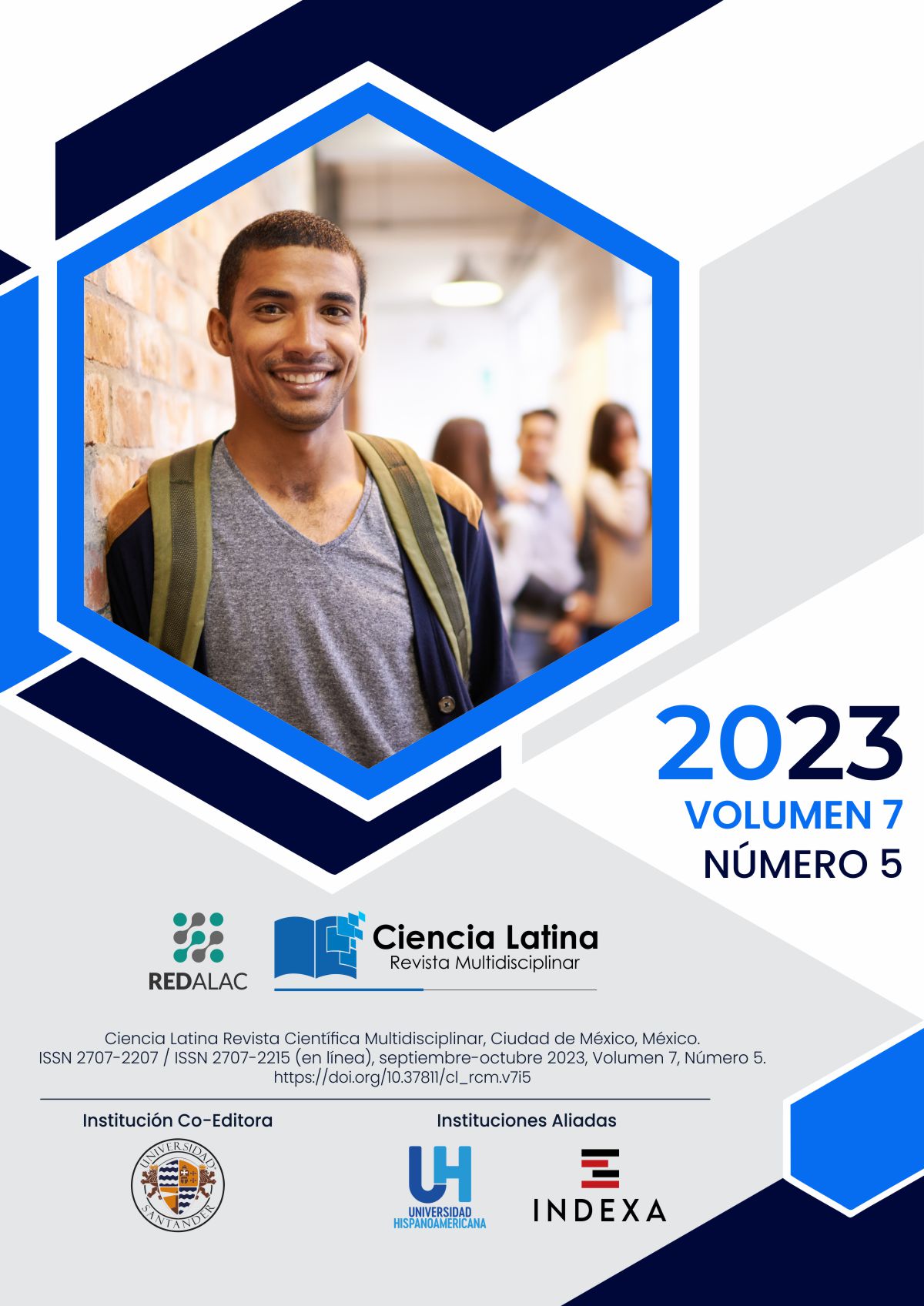








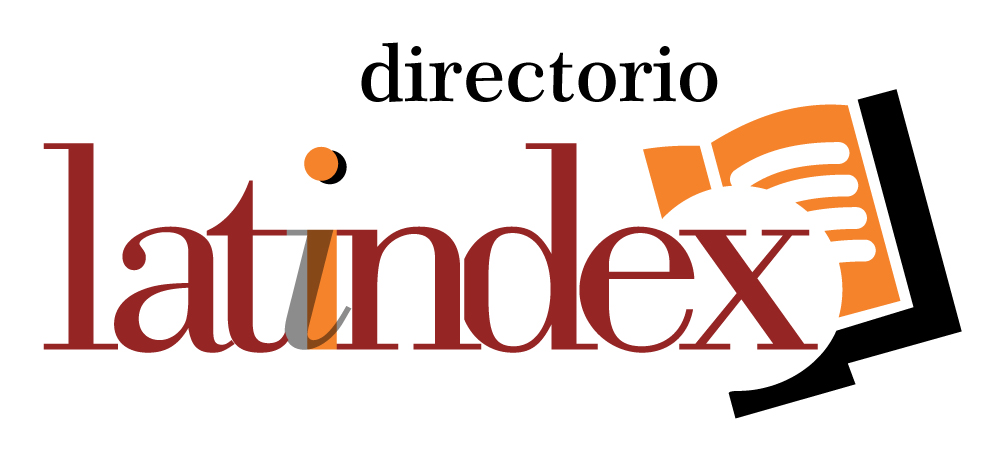
.png)
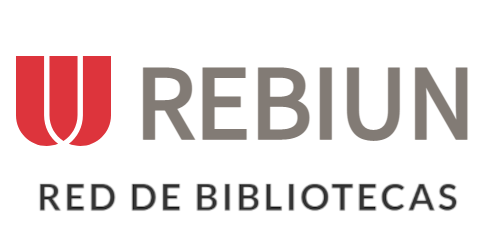







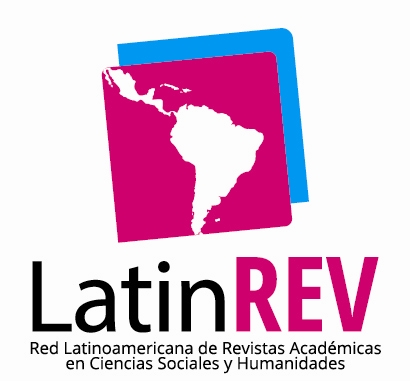

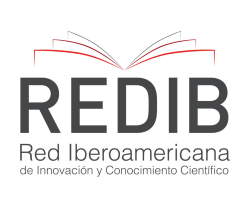









.png)
1.png)


